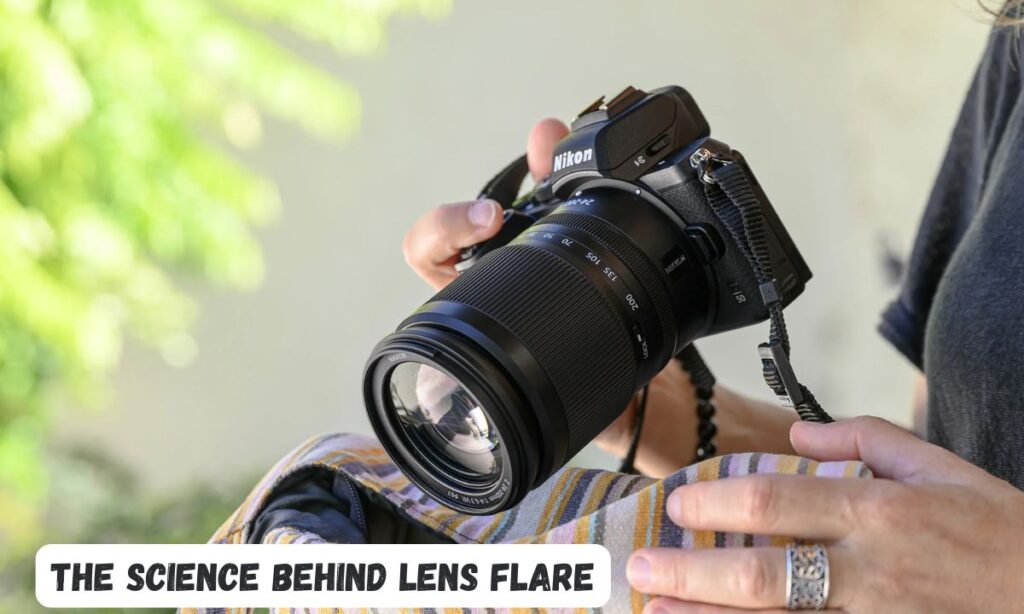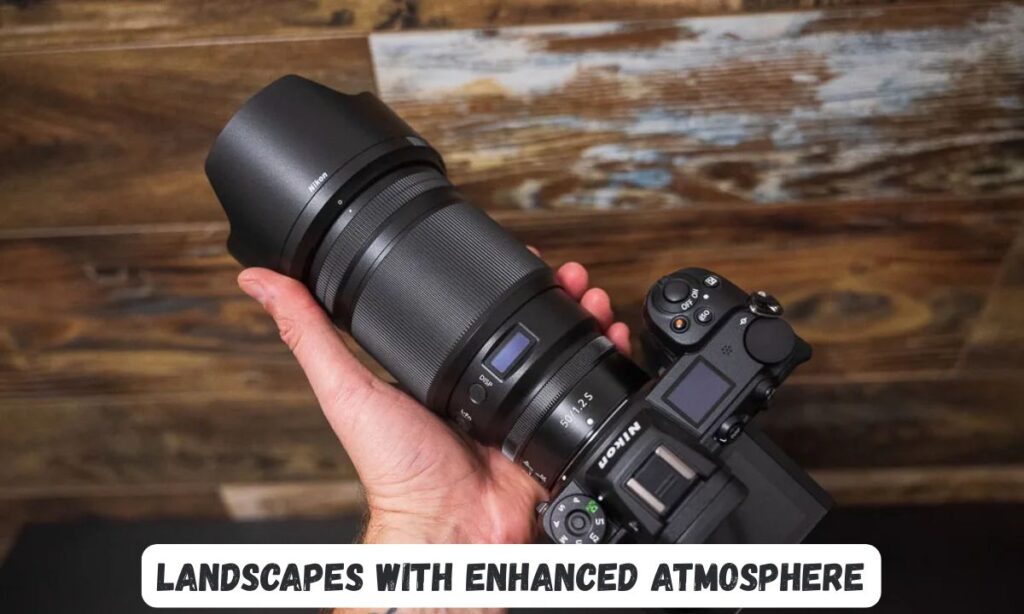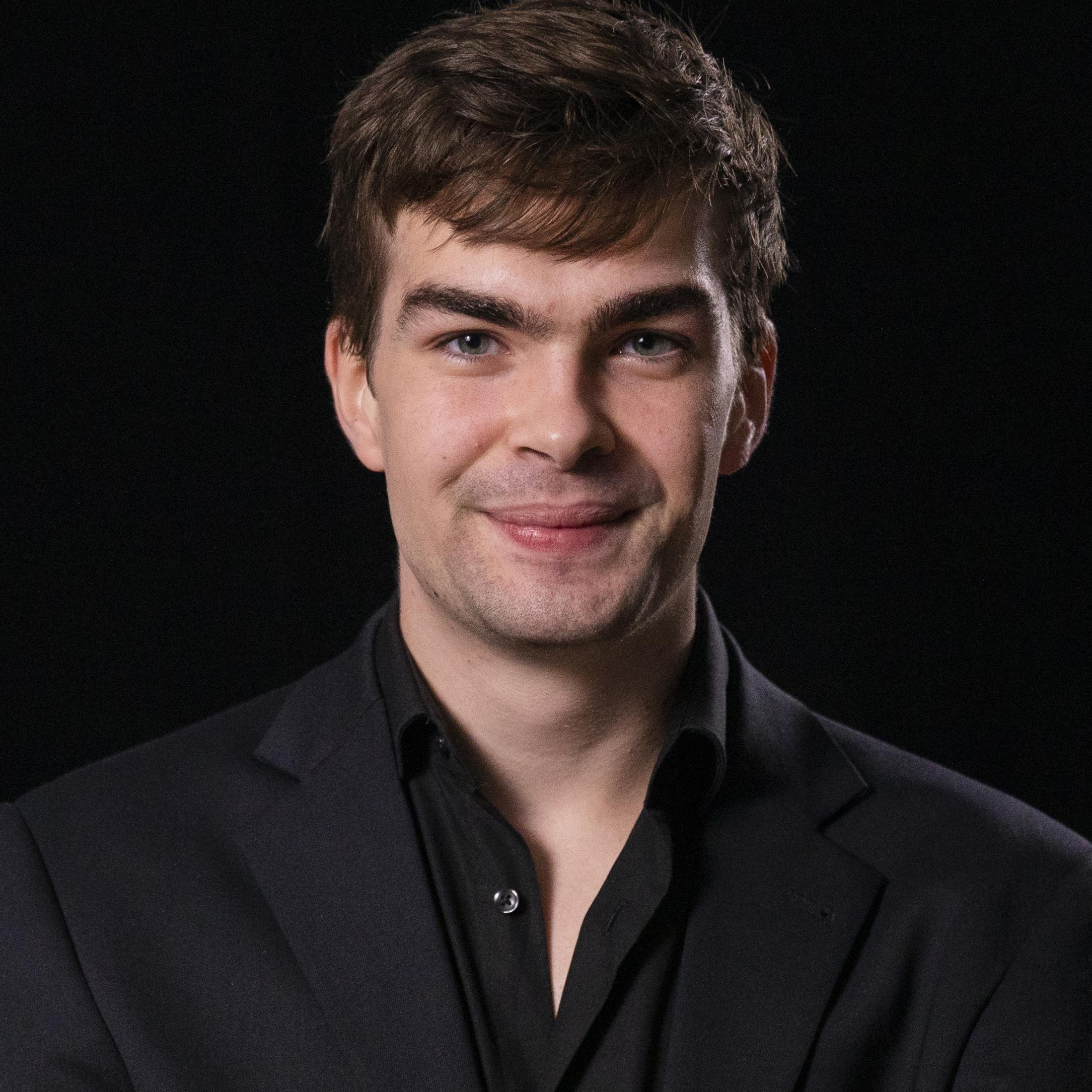Photography revolves around the masterful manipulation of light. Light shapes every aspect of an image from mood to depth. Most photographers once avoided lens flare as an unwanted artifact.
Times have changed dramatically in recent years. Photographers now actively seek the artistic potential of controlled lens flare effects. Photeeq Lens Flare offers precise control over this creative element.
The software transforms what was once considered a technical flaw into a powerful artistic tool. Light scattering in photography creates unique visual opportunities that can elevate ordinary shots. The right lens flare can transport viewers into a cinematic world of your creation.
What is Lens Flare?
Lens flare occurs when light enters the camera at an angle and scatters across the lens elements. This scattering creates distinctive artifacts like streaks, circles, polygons, or haze in the final image.
Traditional photography techniques often attempted to eliminate these effects entirely. Modern photographers recognize lens flare photography as a creative opportunity rather than a problem. The characteristic shapes produced by lens flare depend on the particular camera lens effects at play.
Light source interaction determines the intensity and character of the flare. Photeeq software allows precise control over these natural phenomena. The reflective light patterns can add warmth, drama, and emotional depth to otherwise ordinary photographs.
The Science Behind Lens Flare
The physics of lens flare involves non-image-forming light entering the lens system. This light bounces off internal lens elements rather than focusing properly. Each lens has unique characteristics that influence how flare appears.
Light scattering techniques are at the core of this phenomenon. Modern lenses often include special coatings to reduce unwanted flare. The aperture shape directly affects the geometric patterns formed by lens flare.

Light rays bounce between multiple glass surfaces within the lens assembly. Camera lens effects vary depending on the quality and design of your equipment. The angle of incoming light determines the position and intensity of flare artifacts.
Why Use Photeeq Lens Flare?
Photeeq Lens Flare stands apart from simple photo filters with its advanced algorithms. The software uses scientific modeling to create realistic light behavior. Visual artifact control becomes intuitive even for photography beginners.
The customizable light effects allow for endless creative expression. Post-processing effects no longer require expensive professional software. Photeeq offers unprecedented control over flare positioning, intensity, and color.
The digital lens flare application works seamlessly across different photography styles. The software eliminates the unpredictability of natural lens flares. Photography light enhancement becomes accessible to creators at all skill levels.
READ THIS BLOG: Undergrowth Game Line Our Hosted Event A Detailed Overview
How to Create Lens Flare with Photeeq?
Creating lens flare with Photeeq starts with importing your image into the software. The intuitive interface makes navigation effortless for users of all experience levels. Select the Lens Flare tool from the effects panel to begin.
Photeeq offers numerous presets as starting points for your creative exploration. Position the flare by dragging it to match your intended light source. Adjust intensity using the slider controls for subtle or dramatic effects.
Color options allow matching the flare to your image’s existing light temperature. Flare customization includes shape, size, and transparency settings. Blend modes help integrate the effect naturally with your original image.
Creative Uses of Photeeq Lens Flare
Photographers across genres are discovering endless creative applications for Photeeq’s lens flare effects. Portrait photographers use warm flares to create dreamy, ethereal atmospheres that transport viewers into emotional narratives.
Landscape artists strategically position flares to suggest distant sunlight breaking through mountains or reflecting across water surfaces. Street photographers employ colored flares to enhance urban nightscapes, making ordinary city scenes pulse with cinematic energy.
Abstract artists push creative boundaries with unconventional flare placements that transform mundane subjects into extraordinary visual experiences.
1. Portraits with a Cinematic Touch
Portrait photography gains emotional depth with strategically placed lens flare. Position flares near the subject’s face for a dreamy, ethereal quality. The golden hour portraits benefit from warm-toned flares mimicking sunset light.
Cinematic photography techniques often use lens flare to create mood. Wedding photographers use subtle flare to enhance the romantic atmosphere. Fashion photographers employ dramatic flares for editorial impact.
The creative light manipulation draws viewers into the emotional world of your subject. Photography enhancement tools like Photeeq make these effects accessible to everyone. Professional photographers appreciate the control over exactly how much flare appears.
2. Landscapes with Enhanced Atmosphere
Landscape photography transforms with thoughtfully applied lens flare effects. Mountain vistas gain depth when flare suggests distant sunlight. Oceanic scenes become more dynamic with light reflecting across water surfaces.
Image atmosphere enhancement creates a sense of time and season. Morning mist photographs gain mystical qualities with subtle flare. Sunset landscapes benefit from warm, golden lens flares positioned naturally.

The artistic lens effects add emotional context to natural scenery. Visual storytelling elements help viewers feel present in the scene. Photographic depth increases dramatically with properly positioned flare effects.
3. Urban and Street Photography
City photography pulses with energy when enhanced by strategic lens flare. Nighttime street scenes come alive with flares mimicking streetlights and neon signs. Urban architecture gains dramatic emphasis through carefully positioned light artifacts.
Photographic composition improves when flares lead the eye to key elements. Rainy city streets reflect light in ways that Photeeq can enhance perfectly. The cinematic image quality transforms ordinary urban scenes into movie-like frames.
Street photographers capture fleeting moments enhanced by emotional lighting effects. Light interaction between buildings creates natural opportunities for flare placement.
4. Abstract and Artistic Compositions
Abstract photography finds new dimensions through creative flare applications. Artistic light artifacts create focal points in minimalist compositions. The visual storytelling potential expands with intentional light manipulation.
Post-processing light manipulation transforms ordinary objects into extraordinary art. Experimental photographers push boundaries with unconventional flare placement. Color theory guides creative choices in flare hue selection.
Photography light enhancement creates mood without changing the subject itself. Professional photo editing software like Photeeq empowers artistic expression. The creative photography tools allow for unlimited artistic exploration.
READ THIS BLOG: Spiritual Meanings of Sneezing Twice: 11 Superstitions
Tips for Using Photeeq Lens Flare Effectively
Consider the natural light sources present in your original image. Position flares realistically to maintain believability and cohesion. Start with subtle effects and build gradually for natural results. Use a flare color that complements your existing color palette.
Warm flares work best for sunset and golden hour photos. Cool flares suit night photography and moonlit scenes. The flare intensity should balance with other elements in your composition. Use lens flare to enhance your subject rather than distract from it.
Consider the emotional impact you want to create with your lighting choices. Experiment with different flare shapes for varying stylistic effects. Cinematic photography techniques often use lens flare as storytelling devices. Light scattering in photography creates depth that flat images lack.
Common Mistakes to Avoid
Overusing flare effects creates an artificial, heavy-handed result. Incorrect flare positioning relative to light sources destroys photo realism. Using flares with colors that clash with your photo creates visual discord.
Applying the same flare settings to every photo shows creative laziness. The biggest mistake is using flare to try fixing a bad photo. Lens flare should enhance an already strong composition. Excessive flare intensity overwhelms your subject matter completely.
Ignoring the physics of light makes flare effects look fake. Poor blending causes flares to appear pasted onto the image. Neglecting to adjust flare opacity for image compatibility creates jarring results. Forgetting to consider how flare affects overall exposure can ruin highlights.
Photeeq Lens Flare vs. Natural Lens Flare
Natural lens flares occur unpredictably during shooting conditions. Photographers sometimes chase perfect natural flare for hours. Photeeq offers complete control without environmental dependencies.
Natural flares can’t be adjusted once captured in camera. Weather conditions limit natural flare opportunities significantly. Photeeq lens flare allows experimentation without time constraints. Camera lens effects vary widely between equipment brands and models.

Natural flares require specific lighting angles that may compromise composition. Photeeq flares maintain consistent quality across all your work. Professional photographers often combine both approaches for optimal results.
Real-World Examples of Photeeq Lens Flare in Action
Award-winning portrait photographer Maria Chen has built her signature style using golden hour flares that kiss her subjects with warm, ethereal light even when actual sunlight proves uncooperative.
Landscape master James Wilson transforms ordinary mountain vistas with subtle light rays that create depth between ranges, giving viewers a profound sense of scale and distance.
Tokyo-based street photographer Naomi Tanaka’s exhibition “Luminous Streets” showcases how Photeeq’s flares interact with rain-slicked streets and neon signs to create an almost cyberpunk aesthetic.
Wedding photographer David Hernandez saves countless outdoor ceremonies by adding perfect sunset flares when weather conditions don’t cooperate with the couple’s timeline.
Example 1: Golden Hour Portraits
Portrait photographer Maria Chen uses Photeeq to enhance emotional connection. Her golden hour sessions feature warm, golden flares positioned at the upper corner. The light appears to kiss the subject’s profile with ethereal luminosity.
Chen says Photeeq saved countless sessions when actual sunlight proved uncooperative. The customizable light effects create consistent results across her portfolio.
Clients specifically request her signature light-infused portrait style. Photography enhancement tools like Photeeq maintain her artistic vision regardless of conditions.
Example 2: Dramatic Landscapes
Landscape specialist James Wilson transforms mountain photography with strategic flare. His panoramic vista shots feature subtle light rays breaking through distant clouds. Photeeq allows precise positioning to create depth between mountain ranges.
The artistic lens effects give viewers a sense of vast distance and scale. Wilson’s before-and-after examples demonstrate how flare creates emotional impact.
His workshop students learn creative light manipulation as an essential landscape technique. The post-processing effects transform ordinary scenes into extraordinary vistas.
Example 3: Urban Nightscapes
Street photographer Naomi Tanaka specializes in rain-slicked urban photography. Her Tokyo night series features colorful flares interacting with neon reflections. Photeeq enables her to enhance existing light sources with complementary flares.
Her images create an almost cyberpunk aesthetic with controlled light scattering. Tanaka’s exhibition “Luminous Streets” showcases the cinematic potential of urban flare.
Photography critics praise her technical innovation and emotional atmosphere. The reflective light patterns transform ordinary streets into dreamlike scenes.
Frequently Asked Questions
What makes Photeeq lens flare look more realistic than other software?
Photeeq uses physics-based algorithms that mimic actual light behavior instead of simple overlay effects, creating natural results that photographers can’t achieve with basic filters.
Can beginners use Photeeq lens flare effectively?
Yes, even complete beginners can create stunning lens flare effects thanks to Photeeq’s intuitive interface and helpful preset options that serve as excellent starting points.
Will lens flare work for all types of photography?
While lens flare enhances most styles like portraits and landscapes beautifully, it’s generally avoided in product photography where clean, distraction-free lighting is preferred.
How can I make lens flare look natural rather than artificial?
Always position flares according to visible light sources in your image and match the color temperature to existing lighting for that authentic, in-camera look.
Does Photeeq lens flare slow down my editing workflow?
Not at all – Photeeq’s optimized performance and preset system actually speeds up the creative process by eliminating the need for complex manual adjustments.
Conclusion
Photeeq Lens Flare transforms ordinary photographs into compelling visual stories. The digital lens flare application makes creative possibilities accessible to photographers at every skill level.
Understanding the science behind lens flare helps create authentic, emotionally resonant images. The artistic light artifacts add dimension that viewers respond to instinctively.
Photography enhancement tools continue evolving, but flare remains a timeless technique. Light interaction creates visual poetry when applied with intention and skill.

SEO expert focused on boosting online visibility and driving organic traffic. Passionate about data analysis, strategy, and the latest digital marketing trends.















